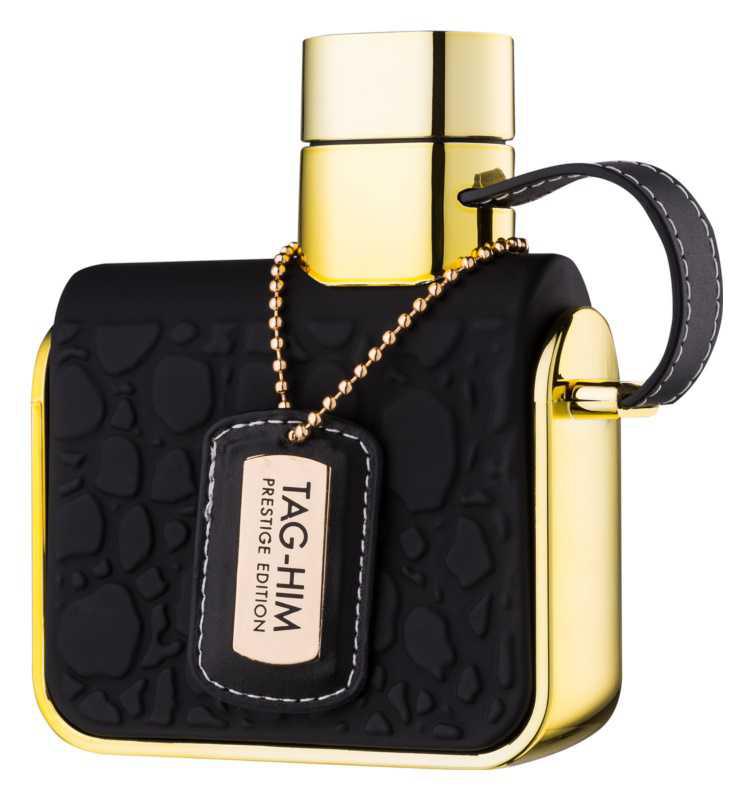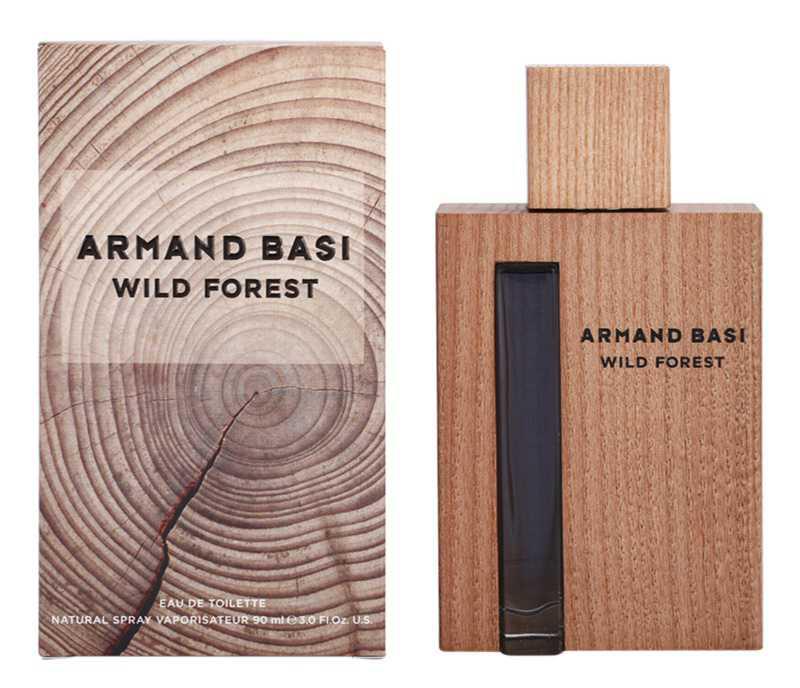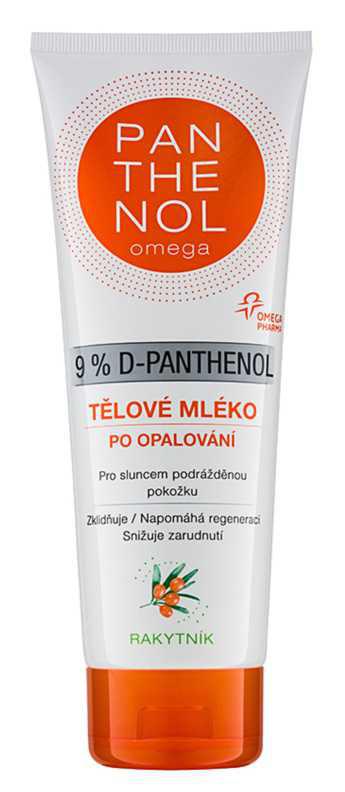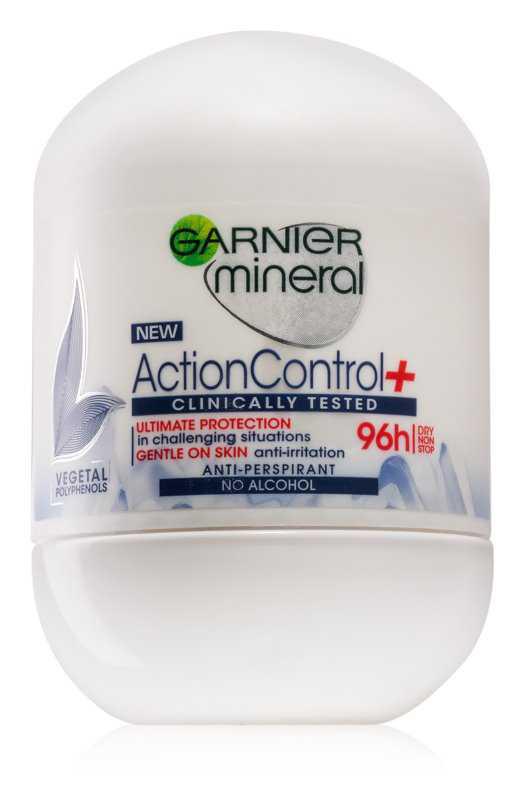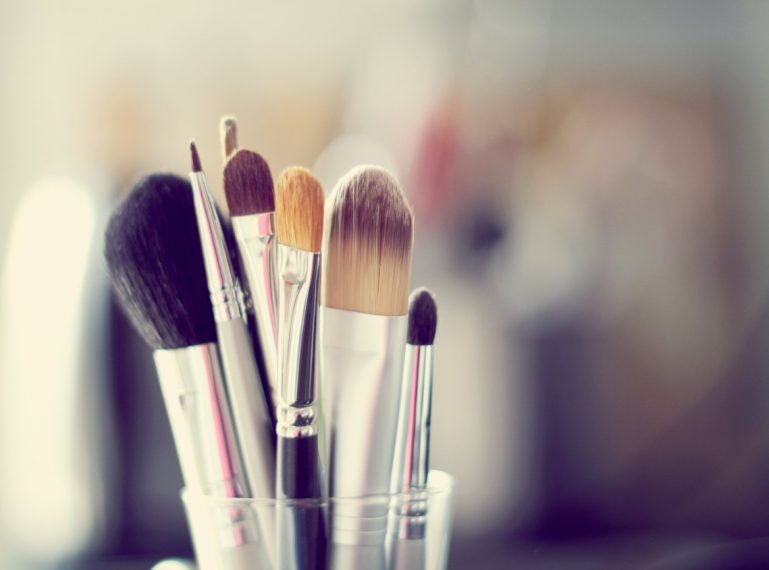
Did you know that the most common cause of acne in adult women is using dirty makeup brushes? Do you want to prevent it and extend the life of your beautician (especially if you have invested a lot of money in them)? Learn how to care for natural and artificial bristles - how to store them and how to disinfect them!
How to sanitize natural hair brushes
Brushes used to apply dry cosmetics - powder, bronzer, blush on stone - should be washed once a week. You don't need any special preparations: all you need is a white, moisturizing soap, such as Dove or a mild hair shampoo. Wet the brush, rub with soap or apply a little shampoo, and wash the brush as if you were washing your hair. That is, by massaging the bristles along the entire length, not only the tips. Then rinse thoroughly.
How to sanitize synthetic hair brushes
Brushes for applying wet cosmetics - lipsticks, lip glosses, cream blush or concealer - should be washed every other day. Moisture contained in products is a great breeding ground for bacteria! To get rid of them, use specialized brushes cleansers, such as Clinique or Sephora. Make sure they contain alcohol to help dissolve the fat in your cosmetics.
How to sanitize sponges and powder puffs
First: you need more than one sponge for one packet of powder. Why? Because sponges are a germ mine! You have to wash them thoroughly once a week with soapy water and accept the fact that you have to change them often.
How to sanitize tweezers, eyelash curlers, brushes
These are accessories that we often forget when cleaning. And just spray them with a brush cleaner (necessarily with alcohol) and wipe. Finished.
Drying brushes
Washing alone is not enough. Brushes should be thoroughly wiped and dried. Instead of tossing them into a cup and letting the water drip into the cap and dissolving the glue, spread them out on a clean towel with the bristles sticking out of the table top. This way the brushes will dry faster and won't smell bad. Remember not to rub too hard during initial drying or to pull out the bristles.

